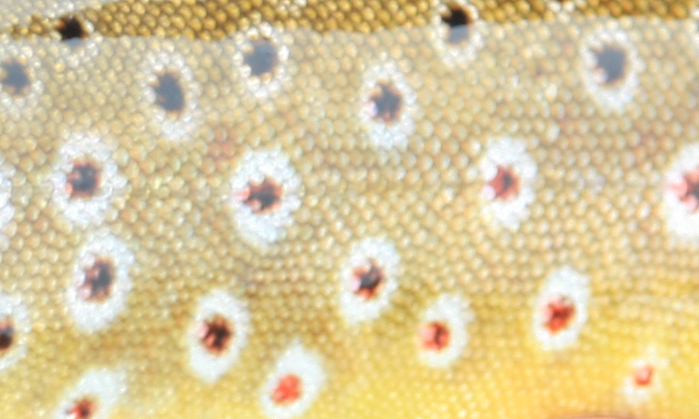WWF, the Angling Trust and the Rivers Trust have launched a new report called ‘Saving the Earth’ which highlights the damage being done to soil by farming. We are losing soil from the land at ten times the rate it is being replaced and too much soil is ending up in our rivers, causing huge damage to wildlife. The report highlights the need to focus both payments to farmers and enforcement efforts on preserving our soils to ensure future food production and healthy rivers.
Tony Juniper said:
'Healthy soil is vital for our national security, yet we continue to cause immense damage to it, not only threatening our long term food supply but also harming our rivers and wildlife. None of this is inevitable though. We could have a farming system that restores soils and wildlife, while at the same time stopping agricultural run-off polluting our rivers. To do this we need not only the right legislation, however, but also robust enforcement and proper advice for farmers, otherwise new policies simply won’t work. The good news is that this will cost only about 10 million pounds a year.'





